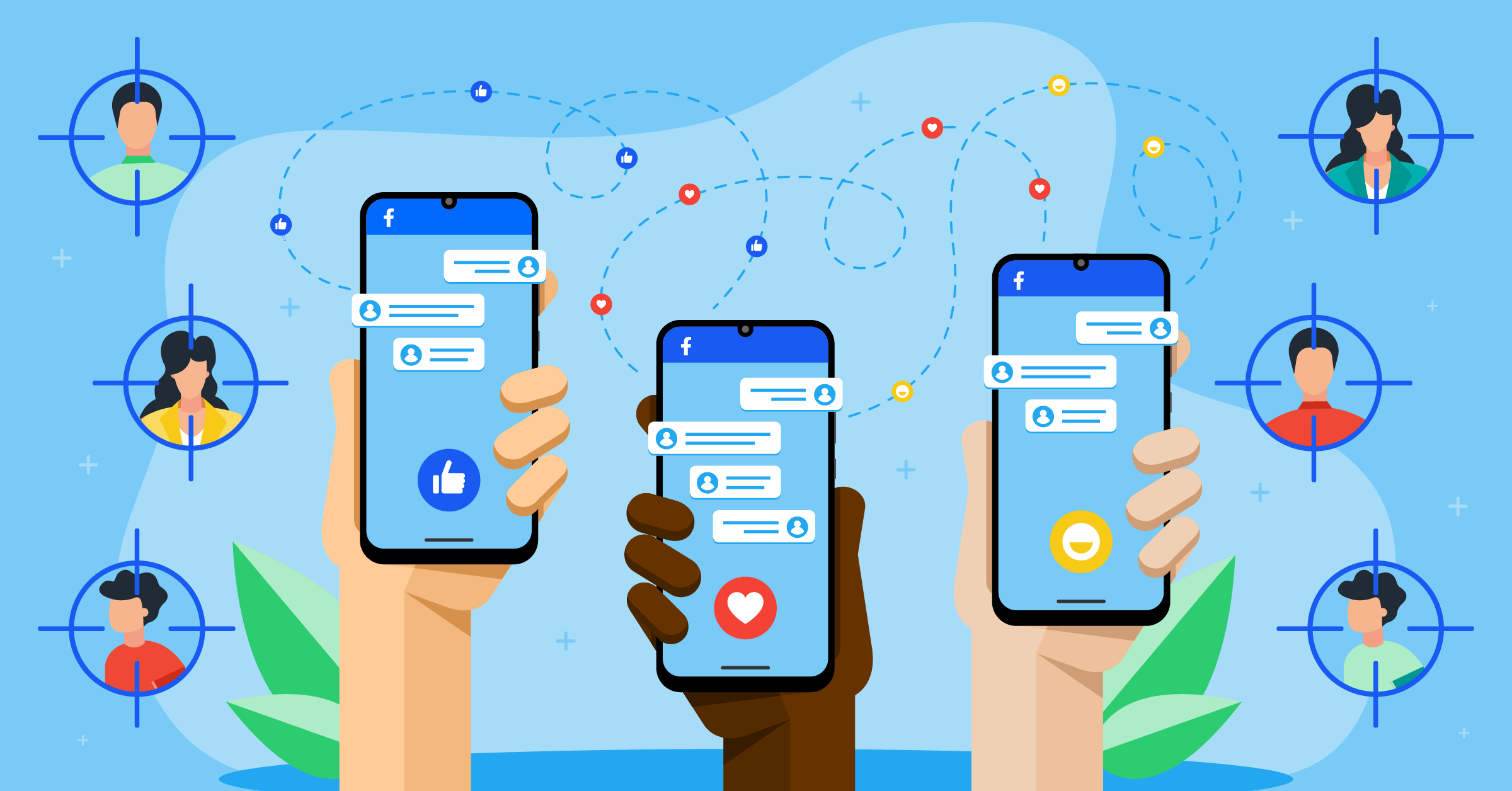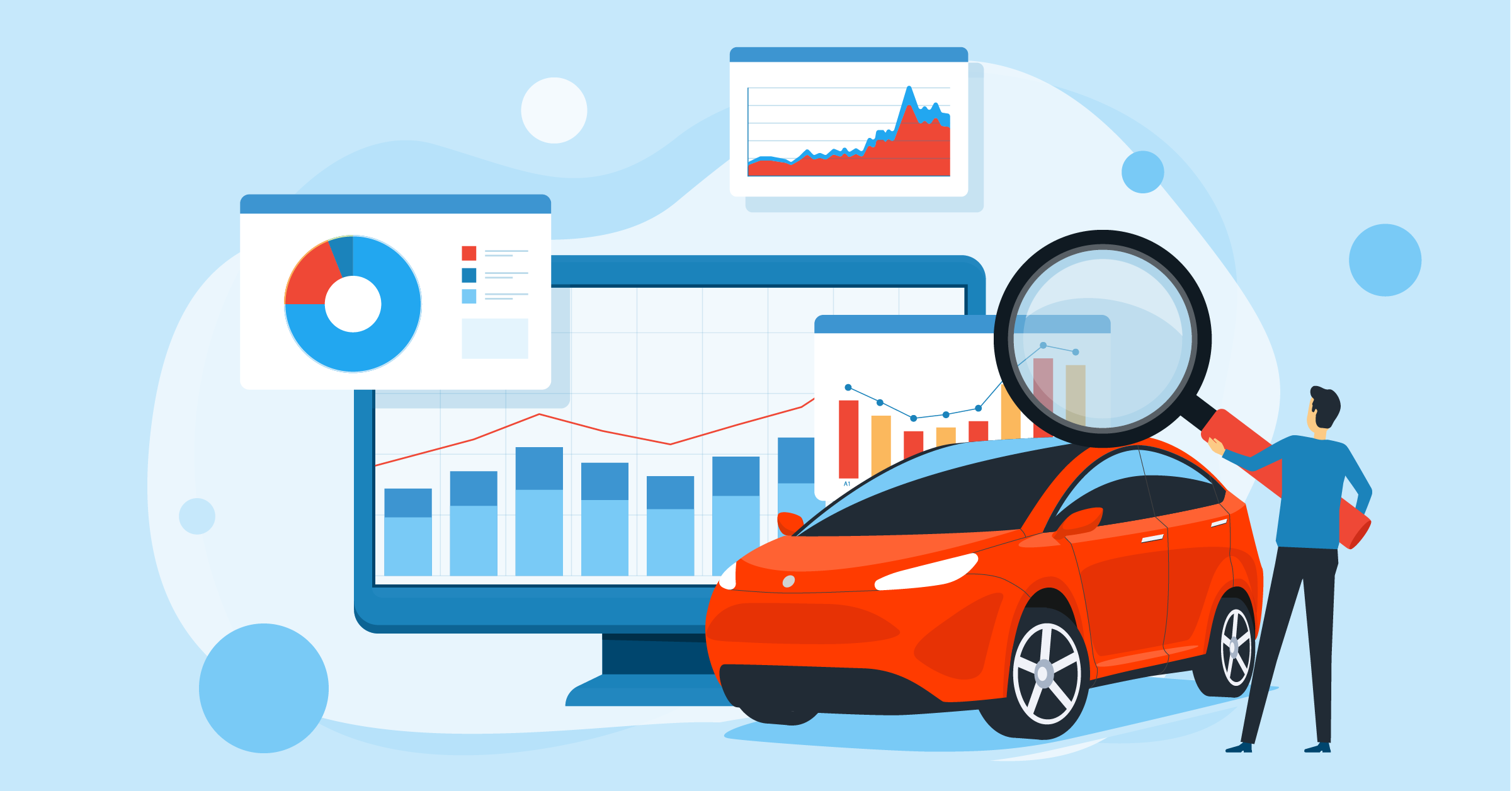
There are two sides to recruitment. On one hand, candidates want to find an employer who values their skills and offers a good salary and benefits. Then there’s you, the employer. You want to attract the best candidates who have the proper experience and who, ideally, see a long future with your organization.
The process of marrying these two sides can be lengthy and costly. So imagine getting to the end of the process only to realize you’ve hired the wrong candidate. Or having to repeatedly advertise the same position because you aren’t attracting the right talent.
Optimizing your recruitment funnel helps to avoid these issues. It’s like simplifying and fine-tuning the process while making it more effective by analyzing metrics and leveraging HR automation tools to streamline the recruitment funnel
This article will guide you through ways to optimize your hiring funnel. We’ll explore crucial metrics to track and discuss strategies to improve your current process.
What is a recruitment funnel?
A recruitment funnel is a framework that defines your entire recruitment process. That process begins with you advertising a vacancy and ends when a candidate accepts an offer of employment.
Your funnel will be wide at the advertising stage when you want to attract as many suitable candidates as possible. It then gradually narrows as you move through the hiring process, until you are left with your chosen candidate.
A funnel helps you view your process in stages and identify bottlenecks. Each stage has different objectives and outcomes. So, along the way, your HR team can analyze essential metrics from these outcomes to identify future improvements.
Hiring funnel metrics
As with any other part of your business, tracking metrics helps to gauge effectiveness and performance. Your team can use the following metrics to see if the different stages of your hiring funnel are efficient:
- Time to hire: This measures the elapsed time between the vacancy appearing and a successful hire. This is also important when you recruit internationally, since these days it’s common to hire developers in Poland, marketers in India, analysts in Mexico, etc.
- Candidate conversion rate: How many people applied for the position after seeing your advert?
- Cost per hire: Recruitment comes with many costs, from the initial job ad to onboarding and training, including sales commission payments for recruitment agencies or internal staff involved in hiring processes. So it’s crucial to measure how much each hire costs you.
- Source: Where did your hire come from? If you advertised on multiple channels, then you want an idea of which one(s) pulls in top talent.
Stages of the recruitment funnel

Before you optimize your funnel, you need to understand the different stages. Keep in mind internal hiring stages may vary.
1. Awareness
In the advertising stage, potential hires first become aware of a vacancy. Just like in traditional marketing, you might advertise in multiple places, including social media platforms, job sites, recruiting agencies like Revpilots, and your website.
Additionally, considering the effectiveness of affiliate marketing could broaden your reach even further, leveraging partnerships with relevant industry influencers or platforms to attract qualified candidates.
Lead generation automation tools like LeadsBridge can integrate your CRM or HR software with advertising platforms like Facebook, Google, or LinkedIn as well as form builder tools. In this way, you can sync any leads you generate with your favorite lead management tool in real time, so you can work on your HR lead nurturing instantly.
Don’t forget to outline the role, core responsibilities, desired experience and skills, required qualifications, and company benefits in your ads. And be specific. For example, if you are hiring call center agents who need to understand basics like how to call forward on landline or a manager who knows how to optimize call flows, specify this.
2. Consideration
Once applicants are aware of the role, they’ll begin to explore it more seriously. This could include researching your company’s culture and values and assessing the salary package against competitors.
Make sure you provide plenty of compelling information and be transparent. For example, will they be classified as exempt vs nonexempt, do you use a self-service platform, and what flexible benefits do you offer?
3. Interest
Once you’ve identified interested candidates, you need to engage with them. This may include holding pre-screening interviews or offering informal calls to gauge the candidate’s suitability and answer their initial questions.
4. Application
Be as streamlined and concise as possible here. You don’t want a complicated process that dissuades potential hires. Provide clear instructions as to what’s needed, including cover letters, resumes, or certificates, and ensure the application form is straightforward.
5. Selection
Here, you will select the best candidates for the role and invite them for an interview. Keep in mind this stage may involve multiple rounds of interviews with different team members or asking a candidate to complete a task specific to the job role.
Once everyone agrees, you can move on to hiring and onboarding your new team member.
6 ways to optimize your recruitment funnel
With the above metrics and stages in mind, how can you begin to optimize your hiring funnel?
1. Define your funnel
The first step is to ensure that your framework is well-defined and meets your actual needs. It should also be customizable to different scenarios.
For example, your funnel may look slightly different when dealing with different roles. In some stages, you may vary approaches when looking for a delivery driver as opposed to an expert on composable eCommerce.
2. Involve relevant stakeholders
Your recruitment funnel shouldn’t exist in an HR vacuum. Actively involving employees in decision-making is a crucial part of human capital management (HCM). What is HCM? It’s the process of helping employees grow with your company to create a productive workplace – and a culture you’ll want to pass down to new employees.
Keeping your funnel as transparent as possible means different stakeholders will feel empowered in the hiring process and can contribute at different stages when needed.
3. Balance automation
Where possible, look at how automation can help your funnel be more efficient. Automation can be beneficial in industries from healthcare to eCommerce.
A good example of this is in the application stage. If you have a large number of candidates, AI-powered tools can help scan and narrow down selections.
Furthermore, it’s crucial to differentiate between reach vs impression metrics, especially in the initial stages of candidate engagement. While ‘reach’ signifies the total number of potential candidates exposed to your job ad, ‘impressions’ reflect how many times your ad was actually viewed. Understanding this difference can refine your targeting strategies and optimize your advertising budget accordingly.
Later on, AI can also help to assess candidates’ experiences of your funnel.
4. Standardize the process
While you should be able to customize stages according to the needs of that particular vacancy, you must standardize your funnel. Each step should have defined procedures that will make the funnel easier to manage and easier to collect metrics from. Standardization should also apply to how you treat candidates and should recognize factors such as diversity. Whenever it comes to software development staffing, marketers, copywriter staffing, etc., a standardized recruitment funnel is the key to a successful hiring process.
5. Streamline where possible
Even if you’re a large organization, you don’t want your funnel to become large and unwieldy. Minimize time and effort for both the candidate and staff involved in the hiring process. If you’re hiring internationally, for example, you might consider expediting the process via a tool such as Remote’s India EOR. Look at areas of your funnel that can be simplified – that can include the use of automation where possible.
6. Analyze and take action
Think of candidates like your customers, and ensure their experience throughout the recruitment journey is positive. This is why assessing their journey through the funnel is so important. If there are any pain points identified, take steps to eliminate or mitigate them in the future.
The takeaway
A properly optimized recruitment funnel ensures a more positive experience for candidates. It’s the lead generation strategy you need to create a strong, satisfied team comprising top talent.
Streamlining your hiring funnel isn’t just about understanding where you’re going wrong. It’s about monitoring metrics, involving stakeholders, engaging with candidates, and leveraging technology.
With this approach, you’ll be sure to have a streamlined system that attracts talent from start to end.
Remember, taking advantage of automation tools will save your team considerable time in consolidating steps in the funnel and generating leads more effectively. When you’ve defined stages and identified stakeholders, look for tools and software that will integrate with your existing systems and external platforms like job boards to truly optimize the entire recruitment funnel.
Learn more about LeadsBridge integrations for HR & recruitment software!




















